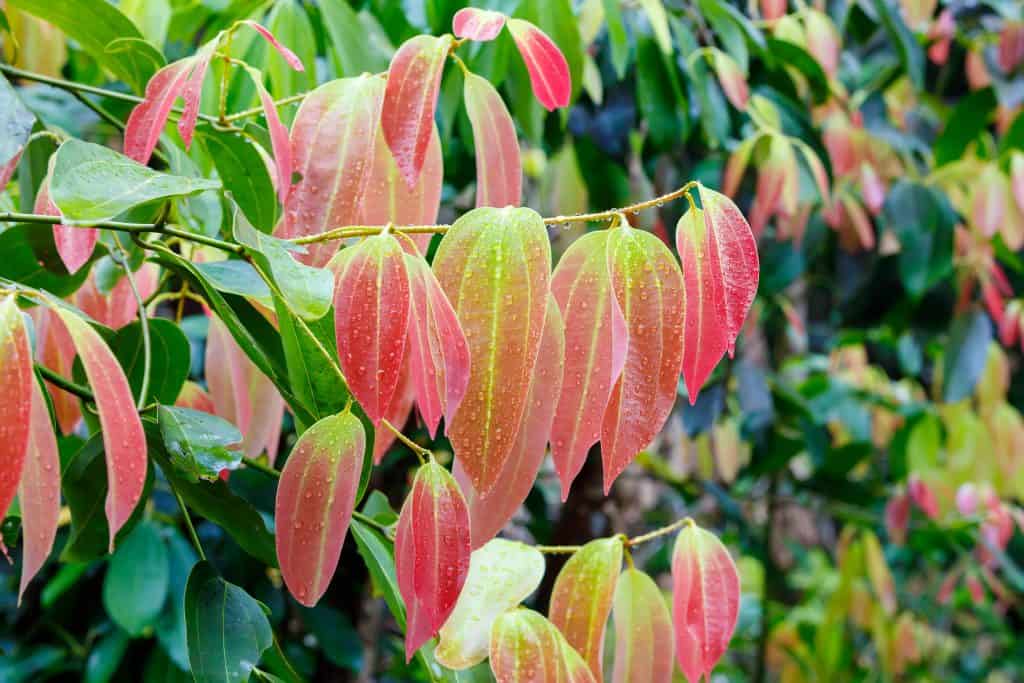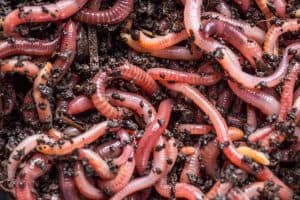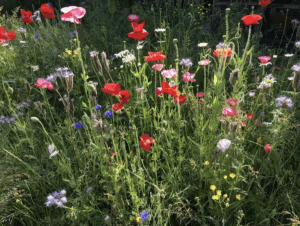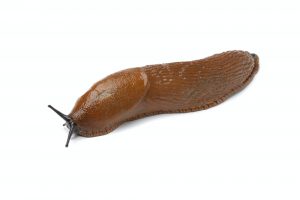Every year I try to write about something festive but also relating to horticulture. Have you ever wondered where your Christmas spices come from? I started to research this and got so engrossed I thought I would look at them individually. Dedicated to my CGS students who also do these plant profiles!

Cinnamomum zeylanicum
This is the binomal name for one of the cinnamon trees. It is in the family Lauraceae which are the true laurels (not the pretend one we have in this country which is Prunus lauroceracus and in the Rosaceae family). There are many different Cinnamomun species growing in Sri Lanka, Bangladesh, and on the Indian coast and the spice is extracted from one or two.
Cinnamon
The spice we know and love at this time of the year is actually the dried inner bark (cambium layer) of the branches. Only 0.5mm of the inner bark is used and it is dried within six hours to form the rolled-up cinnamon sticks. Powdered spice, extract and essential oil is also produced.
Cultivation
We can’t grow Cinnamomum in this country unless you have a tropical greenhouse. But to understand how it is grown we can liken it to our native Hazel plants. These are coppiced for stakes, fencing, poles, and dormice! Cinnamomum trees are also cut to the ground and when the stems are ready for harvest the outer bark is stripped off before the inner bark or cambium is collected. The tree then grows new branches and the process is repeated.
History
Cinnamon is steeped in history and once worth more than its weight in gold and highly revered in many ancient cultures and religions. It’s mentioned in the bible and was used by the Egyptians during the mummification process. We use it all the time but particularly associate it with Christmas baking.
Medicinal Properties
Anti-microbal, and beneficial in fighting off colds and flu. Cinnamon tea is warming and good for anyone suffering from poor circulation. It is also particularly good for the gut biome and improves digestion. It also has the ability to lower blood glucose and insulin levels in people with insulin resistance and type 2 diabetes. Remember though as with all herbs and spices there can be dangers of consuming too much!
Cathie’s Gardening School Services
CGS is running the greenhouse module from January and then Weeds, Pests and diseases from April so come and meet me, see the garden and join in! There are a few discounted consultancies in your own garden available in January and new workshops coming on Plant Diversity relating horticulture to gut health.




